Compare CLAT UG vs CLAT PG to understand the key differences in eligibility, exam pattern, syllabus, fee structure and more. Find out which CLAT exam suits your academic and professional goals.
Table of Contents
Comparing CLAT UG vs CLAT PG, it's crucial to dig deeper and grasp what the two tests entail, as well as what one must accomplish to be eligible to take the exam. The Common Law Admission Test (CLAT) is a national-level entrance exam in India, offering admissions to law programs at both undergraduate and postgraduate levels.
CLAT UG is designed for students who have completed their 10+2 education and are looking to pursue integrated law programs like BA LLB. On the other hand, CLAT PG is aimed at law graduates seeking admission to LLM programs. While both exams share some common features, such as the duration and marking scheme, they differ significantly in terms of eligibility, syllabus, exam pattern, etc. This article provides a clear comparison of CLAT UG vs CLAT PG, helping you make an informed decision.
CLAT UG: Overview
The Consortium of NLUs administers the Common Legal Admission Test, a national-level legal entrance exam, to students applying to a 5-year integrated LLB (UG) program. All 24 NLUs presently provide UG courses. CLAT UG is designed to assess a candidate's understanding and logical reasoning abilities, legal aptitude, awareness of current events, and English ability.
The CLAT UG exam tests these areas to identify students who have the analytical ability and critical thinking skills required for a successful legal career. The exam acts as a standardised entrance point for programs such as the Bachelor of Laws (LL.B.) and integrated degrees such as BA LLB, BBA LLB, B.Com LLB, and so on, allowing for a fair and merit-based admission procedure to the country's top law schools.
Also Read: What after Clearing CLAT 2026?
CLAT PG: Overview
CLAT PG is a nationwide law entrance exam for students wishing to continue their education after graduation. It promotes students' comprehension skills. Several private and government law schools recognise CLAT PG scores for admission to postgraduate legal studies. Every National Law University administers the CLAT exam on a rotational basis each year.
Furthermore, CLAT PG results are used for hiring by a number of public enterprises, including BHEL and ONGC. The paper is based on the UG course's mandatory courses, which include constitutional law, administrative law, contract law, torts, criminal law, property law, company law, public international law, environmental law, tax law, and labour and industrial law.
Also Read: Top Private Law Colleges in India Accepting CLAT Score
CLAT UG vs CLAT PG: Key Differences
CLAT UG and CLAT PG are two distinct entrance tests for law schools. As a result, the eligibility criteria, syllabus, exam pattern and scope are significantly different. The key differences between the two exams are shown in the table below.
| Particulars | CLAT UG | CLAT PG |
| Conducting Body | The Consortium of National Law Universities | The Consortium of National Law Universities |
| Exam Level | National-level | National-level |
| Number of Participating Institutes | 24 NLUs + Private Colleges | 24 NLUs + Private Colleges |
| Educational Qualification | Class 12 or equivalent exam | Bachelor’s degree in Law (LLB) |
| Minimum Qualifying Marks | General – 45%, SC/ST – 40% | General – 50%, SC/ST – 45% |
| Age Limit | No upper age limit | No upper age limit |
| Application Mode | Online | Online |
| Application Fee | ₹4000 | ₹4000 |
| Subjects | English Language, Legal Reasoning, Logical Reasoning, Current Affairs, Quantitative Techniques | Constitutional Law, Jurisprudence, and other law subjects, including Contemporary issues |
| Difficulty Level of Exam | Moderate | Moderate-Difficult |
Also Read: How to Become a Lawyer?
CLAT UG vs CLAT PG: Eligibility Criteria
A main point of distinction between CLAT UG and CLAT PG is the qualifying requirements that candidates must meet in order to take the tests. The variation is due to the courses available through these two law admission tests. The CLAT qualifying criteria include the minimum marks and age limit, and are explained in the table below.
| Parameters | CLAT UG | CLAT PG |
| Minimum educational qualification | 10+2 pass or equivalent Candidates appearing for class 12 exams can also apply |
3-year LLB or 5-year LLB Candidates appearing for their final year exams can also apply |
| Minimum passing marks | 45% for candidates from General/OBC/PWD/NRI/PIO/OCI 40% for SC/ST candidates |
50% for candidates from General/OBC/PWD/NRI/PIO/OCI 45% for SC/ST candidates |
| Age Limit | Minimum age- above 20 years. No upper age limit | Minimum age- above 20 years. No upper age limit |
Also Read: Difference Between CLAT and AILET: Which to Choose?
CLAT UG vs CLAT PG: Syllabus
The Consortium of National Law Schools and Universities is the governing body that determines the CLAT syllabus. Every year, the CLAT official syllabus is slightly modified. There is also a difference in the CLAT UG vs CLAT PG syllabus.
Candidates can examine the list of subjects included in the CLAT curriculum below.
CLAT UG Syllabus
Candidates can check the syllabus for the LLB program in the following table.
| Subjects | Topics |
|
Current Affairs, including GK |
|
|
English |
|
|
Logical Reasoning |
|
|
Quantitative Techniques |
|
|
Legal Reasoning |
|
Also Read: How to Prepare for CLAT without Coaching?
CLAT PG Syllabus
Candidates can check the syllabus for the LLM program in the following table.
| CLAT LLM Sections | Main Topics |
|
Sec A – Constitutional Law |
|
|
Sec B - Contract, Torts, Criminal Law, International Law, IPR and Jurisprudence |
|
|
Sec C – Law topics and Contemporary issues |
|
Also Read: Important Topics to Study from CLAT Syllabus 2026
CLAT UG vs CLAT PG: Exam Pattern
The differences between the CLAT UG vs CLAT PG exam pattern is given in the table below.
| Particulars | CLAT UG | CLAT PG |
| Exam mode | Paper-based test mode. | Paper-based test mode. |
| Exam timings | 2:00-4:00 PM. | 2:00-4.00 PM |
| Test duration | 120 minutes | 120 minutes |
| Type of questions | Objective-type of question-based on Reading Comprehension passages of about 300-450 words. | The questions are comprehension-based from various legal subjects at the graduation level |
| Total questions | 120 | 120 MCQs |
| Negative Marking | +1 for a correct answer -0.25 for an incorrect answer |
+1 for a correct answer -1/4 mark for an incorrect answer |
Candidates can also compare the section-wise weightage of questions and marks from the table given below.
| Subjects | Question and Marks for CLAT UG | Question and Marks for CLAT PG |
| English including Comprehension | 28-32 questions of 1 mark each | 22-26 questions of 1 mark each |
| General Knowledge including Current Affairs | 35-39 questions of 1 mark each | 28-32 questions of 1 mark each |
| Quantitative Techniques | 13-17 questions of 1 mark each | 10-14 questions of 1 mark each |
| Legal Aptitude/ Reasoning | 35-39 questions of 1 mark each | 28-32 questions of 1 mark each |
| Logical Reasoning | 28-32 questions of 1 mark each | 22-26 questions of 1 mark each |
| Total | 120 questions and marks | 120 questions and marks |
Also Read: CLAT Important Topics Weightage 2026: Subject Wise Topics
CLAT UG vs CLAT PG: Fee Structure
Another distinction between CLAT UG and CLAT PG is the fee structure for students. The fees of NLUs vary depending on the programs they offer. NLSIU Bengaluru charges the highest fees among participating NLUs, with costs of up to Rs 20 lakhs for the 5-year LLB degree. The table below shows fees for various NLUs through CLAT.
| NLU | Fees for CLAT UG (5-year LLB program) | Fees for CLAT PG (LLM) |
| NLSIU, Bengaluru | 4.10 lakh | 4.10 lakh |
| WBNUJS, Kolkata | 3.85 lakh | 2.72 lakh |
| National Law University, Jodhpur | 3.06 lakh | 2.28 lakh |
| Gujarat National Law University, Gandhinagar | 2.58 lakh | 2.62 lakh |
| RGNLU, Patiala | 2.57 lakh | - |
| NUALS, Kochi | 2.14 lakh | 1.63 lakh |
| NUSRL, Ranchi | 2.41 lakh | 2.20 lakh |
| DSNLU, Visakhapatnam | 2.09 lakh | 1.89 lakh |
| MNLU, Mumbai | 3.62 lakh | 2.68 lakh |
| Maharashtra National Law University, Aurangabad | 2.66 lakh | 1.80 lakh |
| DNLU, Jabalpur | 2.96 lakh | 2.96 lakh |
| NALSAR University of Law, Hyderabad | 2.70 lakh | 1.75 lakh |
| NLIU, Bhopal | 3.30 lakh | 2.45 lakh |
| HNLU, Raipur | 2.15 lakh | 1.65 lakh |
| RMLNLU, Lucknow | 1.70 lakh | 1.10 lakh |
| CNLU, Patna | 2.57 lakh | - |
| NLUO, Cuttack | 2.47 lakh | 1.87 lakh |
| NLUJA, Assam | 2.44 lakh | 2.11 lakh |
| TNNLU, Tiruchirapalli | 2.17 lakh | 1.68 lakh |
| Maharashtra National Law University, Nagpur | 3.65 lakh | 3.13 lakh |
| HPNLU, Shimla | 2.98 lakh | 2.70 lakh |
| DBRANLU, Haryana | 1.87 lakh | - |
| GNLU Silvassa | 2.58 lakh | 2.62 lakh |
| National Law University, Tripura | 1.81 lakh | 1.51 lakh |
Also Read: NIRF Ranking: Top 30 Law Colleges In India
CLAT UG vs CLAT PG: Seat Intake
Candidates can compare the difference between the seat intake for CLAT UG vs CLAT PG from the table below.
| Name of the college | UG Seat Intake | PG Seat Intake |
| NLSIU, Bengaluru | 300 | 120 |
| WBNUJS, Kolkata | 132 | 100 |
| National Law University, Jodhpur | 120 | 50 |
| Gujarat National Law University, Gandhinagar | 172 | 57 |
| RGNLU, Patiala | 180 | 60 |
| NUALS, Kochi | 60 | 60 |
| NUSRL, Ranchi | 134 | 60 |
| DSNLU, Visakhapatnam | 138 | 69 |
| MNLU, Mumbai | 100 | 50 |
| Maharashtra National Law University, Aurangabad | 120 | 60 |
| DNLU, Jabalpur | 120 | 50 |
| NALSAR University of Law, Hyderabad | 132 | 66 |
| NLIU, Bhopal | 202 | 60 |
| HNLU, Raipur | 180 | 90 |
| RMLNLU, Lucknow | 169 | 48 |
| CNLU, Patna | 138 | - |
| NLUO, Cuttack | 180 | 50 |
| NLUJA, Assam | 60 | 40 |
| TNNLU, Tiruchirapalli | 120 | 60 |
| Maharashtra National Law University, Nagpur | 120 | 60 |
| HPNLU, Shimla | 120 | 80 |
| DBRANLU, Haryana | 120 | - |
| GNLU Silvassa | 66 | 33 |
| National Law University, Tripura | 60 | 50 |
Also Read: Top 10 CLAT Colleges in India 2026
CLAT UG vs CLAT PG: Which One is Tougher?
Before taking the law entrance exams, applicants want to know which ones are hardest to pass. If you compare the number of applications per seat, CLAT PG is clearly a more difficult exam than CLAT UG.
More than 60,000 candidates participate in CLAT UG admission for 2,644 UG seats. Approximately 19,000 individuals appear in the CLAT PG admission for 1,217 LLM seats. Thus, in CLAT UG, roughly 20 candidates compete for a place at CLAT participating NLUs, whereas in CLAT PG, approximately 100 candidates vie for a seat at NLUs.
The difference in difficulty between the CLAT UG and CLAT PG question papers can be explained by the fact that the latter exam comprises more challenging Legal Aptitude questions based on core legal themes. Furthermore, the CLAT Consortium has updated the exam paper to include more comprehensive types of questions, making it easier for candidates.
Also Read: MBA After Law - Is it worth it?






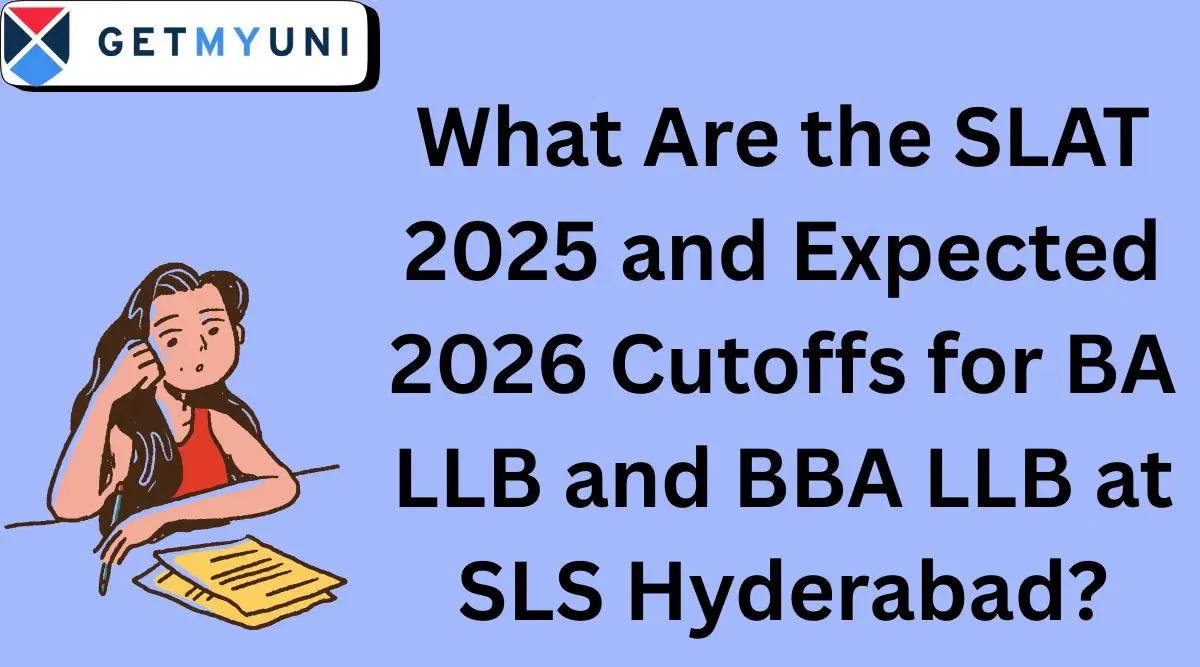

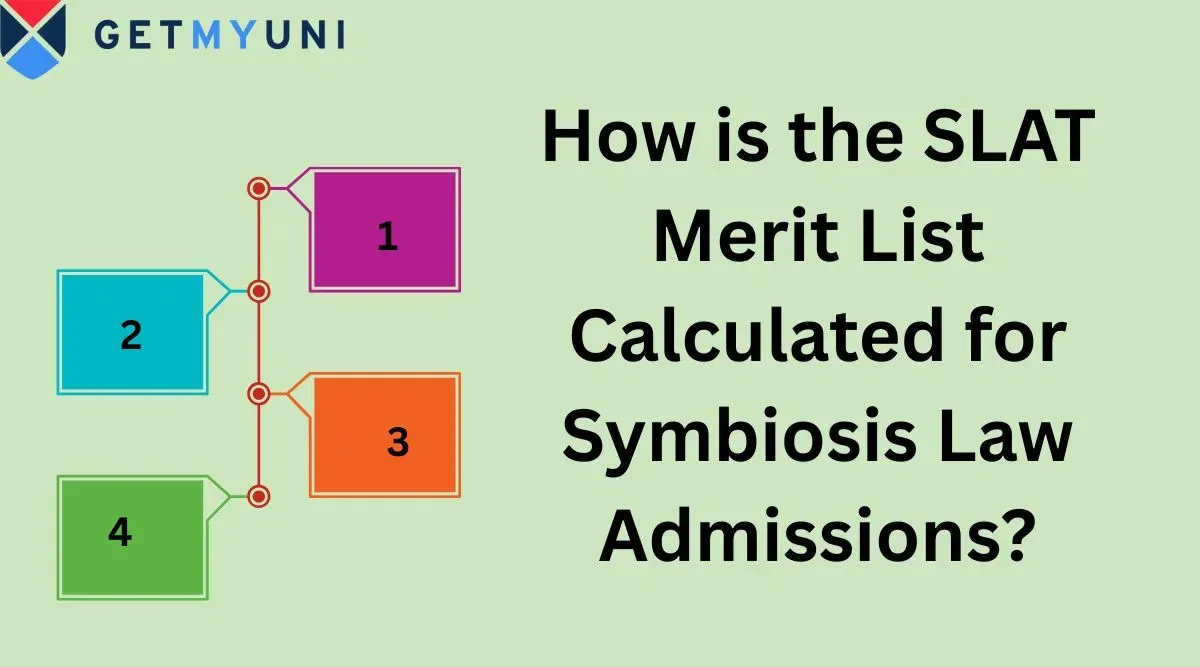
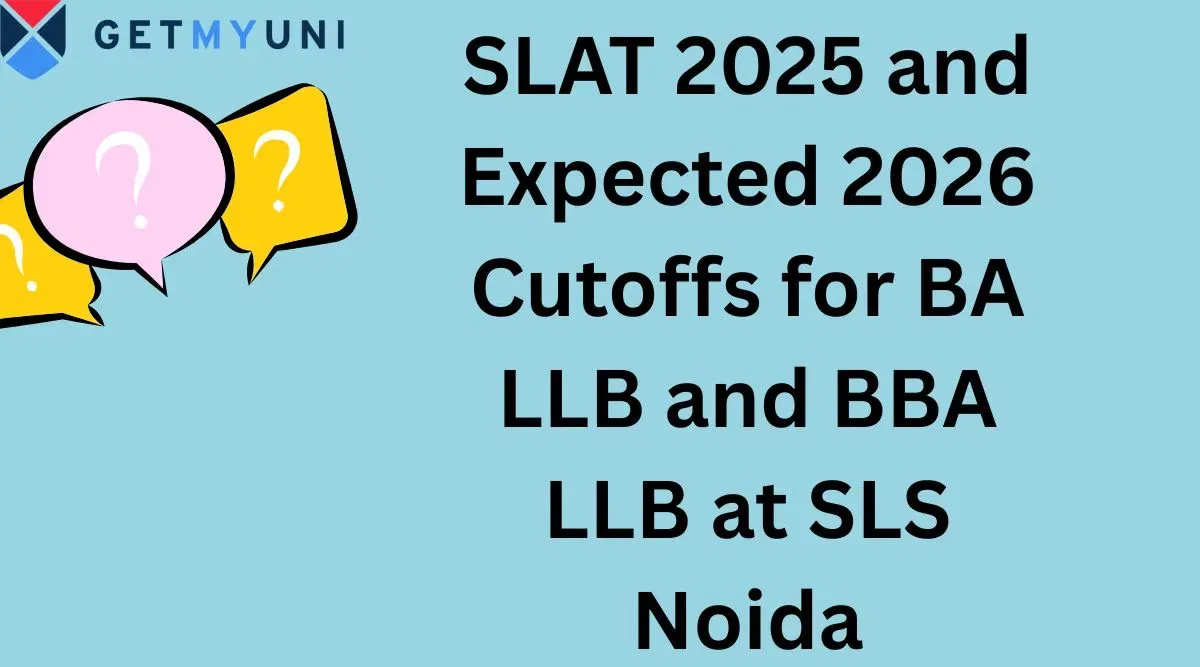




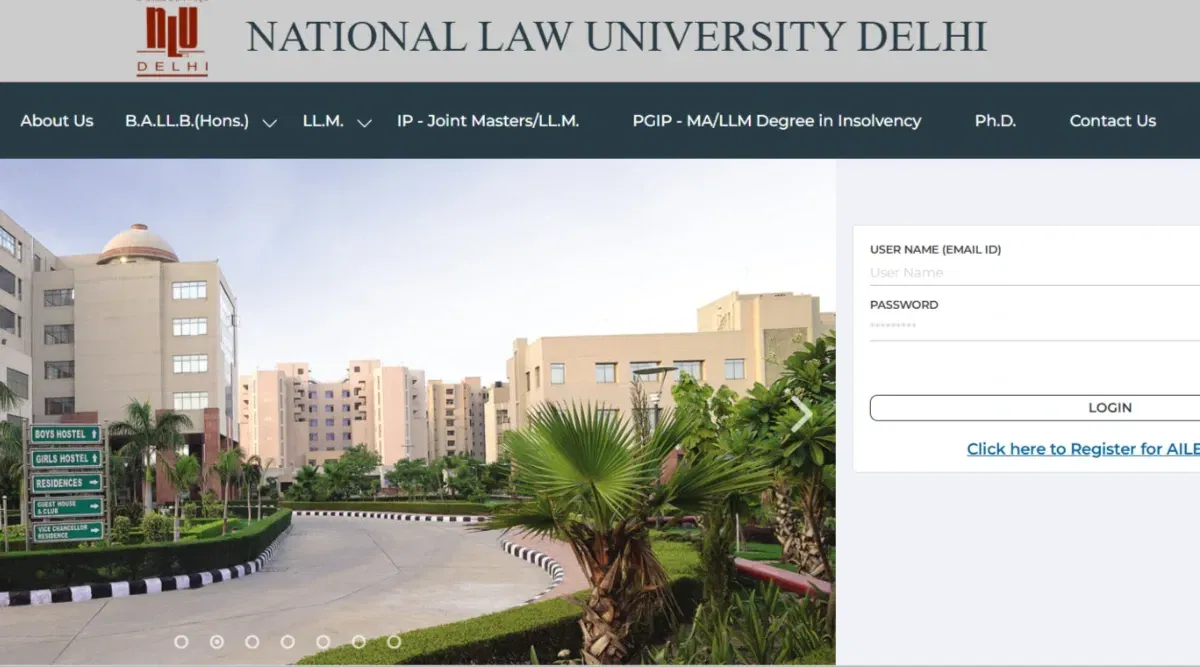




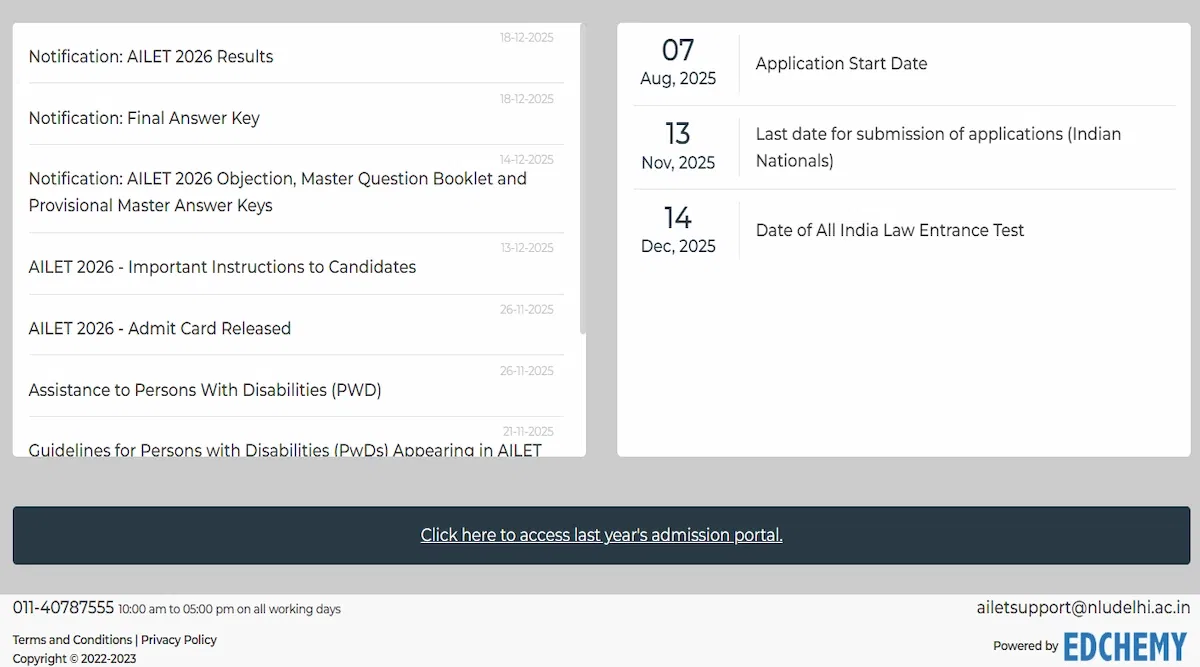

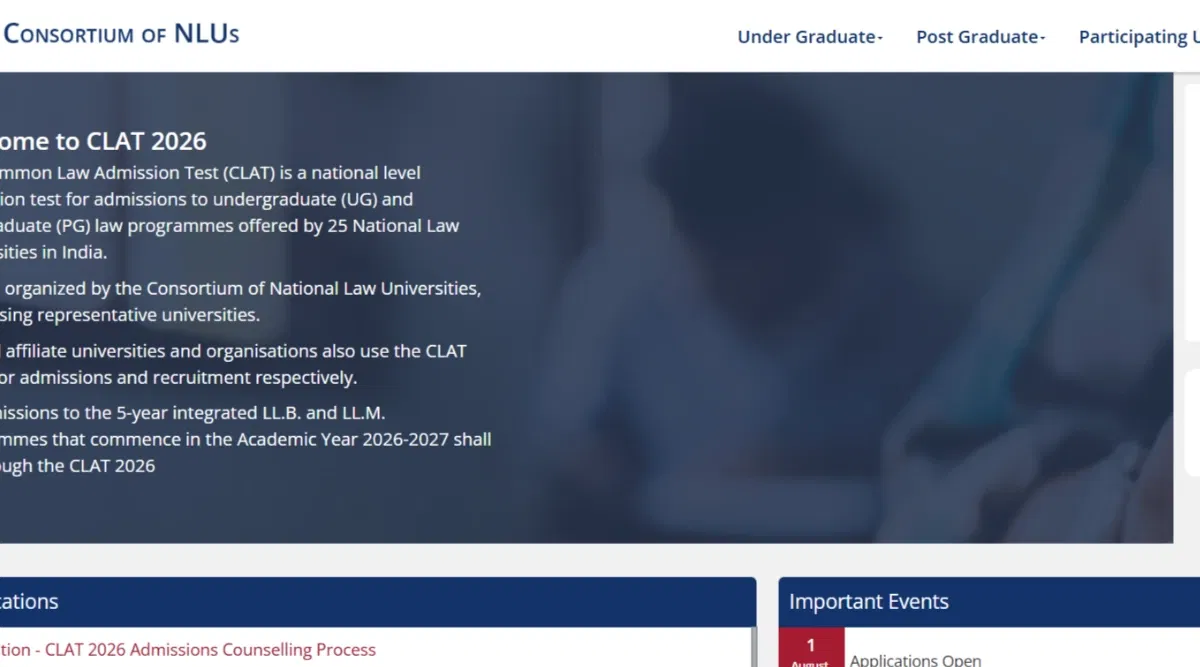

POST YOUR COMMENT